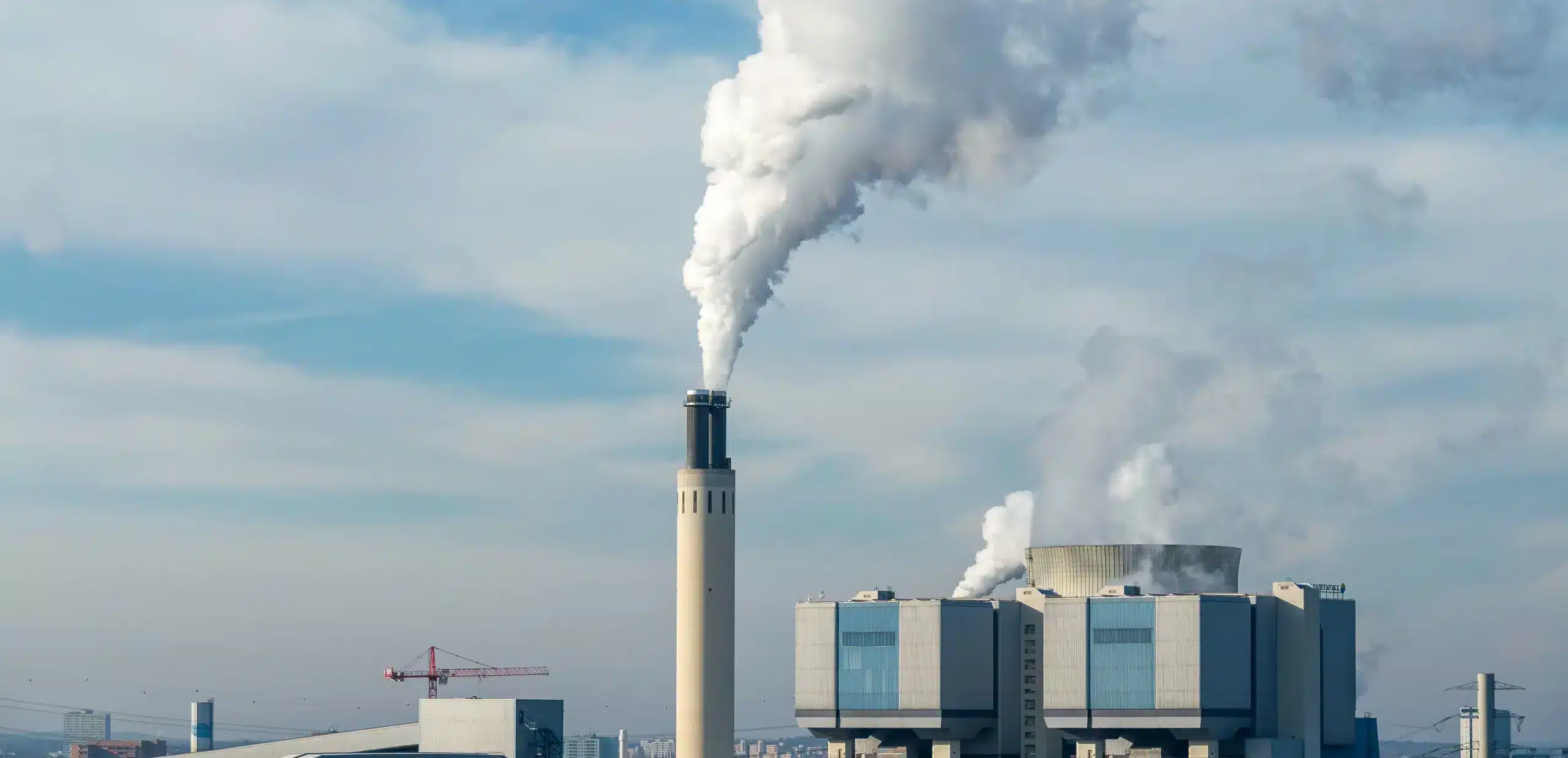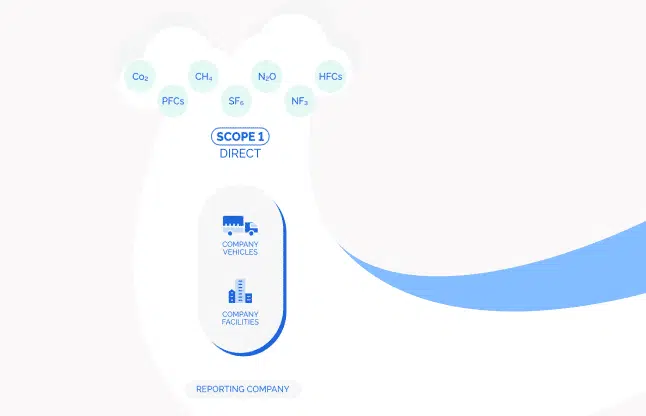Scope 3: What are upstream and downstream emissions?
Reading 5 min
June 18, 2025
Summary
Scope 3 greenhouse gas (GHG) emissions encompass “upstream” and “downstream” emissions, reflecting activities before and after a company's internal production, respectively.
Upstream emissions include the purchase of goods, energy production, transportation and business travel, while downstream emissions concern the use of products sold, post-sales transportation and the end-of-life of products.
Distinguishing between these two types of emissions is essential for assessing and reducing a company's overall carbon footprint, by identifying the most effective areas of intervention at each stage of the product life cycle.
INDEX
% of article read
Introduction
Understanding a company’s carbon impact requires an in-depth analysis of all the emissions generated during its operations. Scope 3 is divided into “upstream” and “downstream” emissions, covering activities before and after in-house production, respectively. In this article, learn about the nature of these emissions, their importance, and why it’s essential to distinguish them from each other.

Scope 3: upstream emissions
Upstream Scope 3 emissions refer to all greenhouse gas (GHG) emissions that are generated before the company’s internal operations begin.
Purchase of goods and services
All the products and services a company buys, such as its raw materials, machinery and maintenance, have their own carbon footprint. When assessing a company’s environmental impact, it is therefore crucial to consider its emissions upstream to get a complete picture of its carbon footprint.
Purchased Energy Generation
Energy is a central pillar of most business activities. Whether it’s electricity, heating or cooling, the way that energy is produced has a major impact on a company’s carbon footprint. The use of renewable energy, for example, will result in significantly lower upstream emissions compared to energy produced from fossil fuels.
Transmission and distribution (upstream)
The transportation of raw materials and goods is another major contributor to upstream emissions. The carbon footprint can vary depending on the mode of transportation used, the distance traveled, the efficiency of the vehicle, and many other factors.
Business and commuting
Employee commuting, whether it’s business trips or commuting, also generates emissions. Companies that promote eco-friendly alternatives, such as carpooling, telecommuting or the use of public transport, can significantly reduce these emissions upstream.
Other upstream indirect emissions
There are other potential sources of upstream emissions specific to each organization. While some of these sources may seem minor, when added together, they can have a significant impact on a company’s total carbon footprint.
Scope 3: downstream emissions
Downstream emissions cover all GHG emissions that occur after a company’s products or services have been sold, up to the end of the product’s life.
Use of Goods and Services Sold
Consumers’ use of products and services is often the main source of downstream emissions. For example, a car sold by a car manufacturer will emit greenhouse gasses throughout its life cycle, mainly due to the combustion of fuel during use.
Transmission and distribution (downstream)
After a product has been sold, it may still be necessary to transport it to other distribution points, warehouses or to the end consumer directly. These post-sales transportations and distribution activities also have their own carbon footprint.
End of Product Life
Once a product has reached the end of its useful life, it must be disposed of. Whether recycled, reused, landfilled, or incinerated, each method has its own impact on GHG emissions.
Other Indirect Downstream Emissions
There are also other sources of downstream emissions that can vary depending on the company and its industry. This can include things like the rental of products sold, franchises, or even the carbon impact associated with the investments made by the company.
“
Each scope of the carbon footprint is distinct in terms of its nature, emission sources and calculation methods.

Why make a clear distinction between upstream and downstream emissions?
Distinguishing between upstream and downstream emissions is more than just a formality. It is a central element in defining, understanding and reducing a company’s overall carbon impact.
Each stage of a product’s or service’s life cycle presents its own challenges and opportunities for reducing emissions. By separating upstream emissions from downstream emissions, companies can better identify where the majority of their impact lies, and where interventions could have the greatest impact on it.
In addition, an effective emission reduction strategy requires a targeted approach. If a company focuses all its efforts on reducing upstream emissions without paying attention to downstream emissions, it may be overlooking significant opportunities to reduce its overall impact. By understanding and distinguishing between the two, businesses can develop more accurate and effective strategies.
Finally, clearly distinguishing upstream emissions from downstream emissions also allows companies to better understand their real impact, prioritize their actions and take responsibility at each stage of the life cycle of their products or services. This distinction is fundamental for any company that is serious about reducing its carbon footprint.
A company’s carbon footprint goes far beyond its direct operations. By calculating upstream and downstream Scope 3 emissions with the carbon footprint calculation software D-Carbonize, companies can have a more complete and accurate view of their environmental impact. This in-depth understanding is essential for companies, not only to meet rising sustainability expectations, but also to develop effective emission reduction strategies and fully meet their environmental responsibilities.
